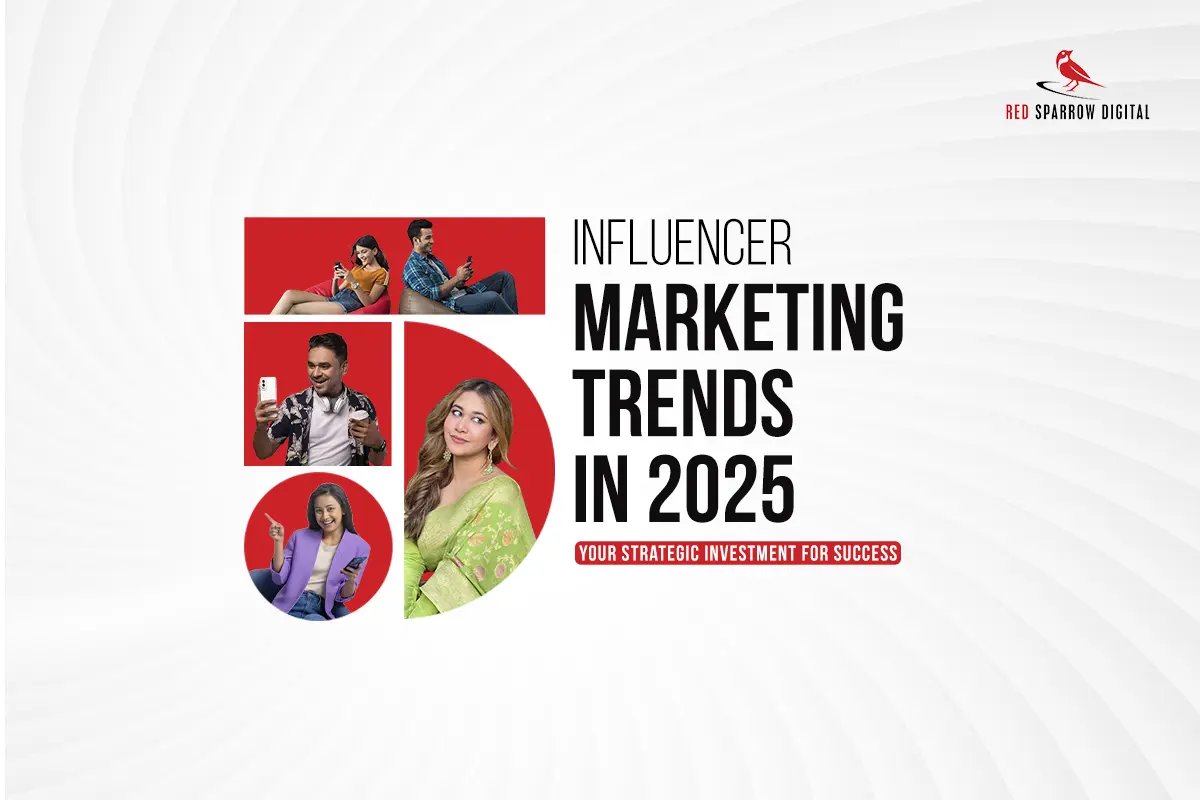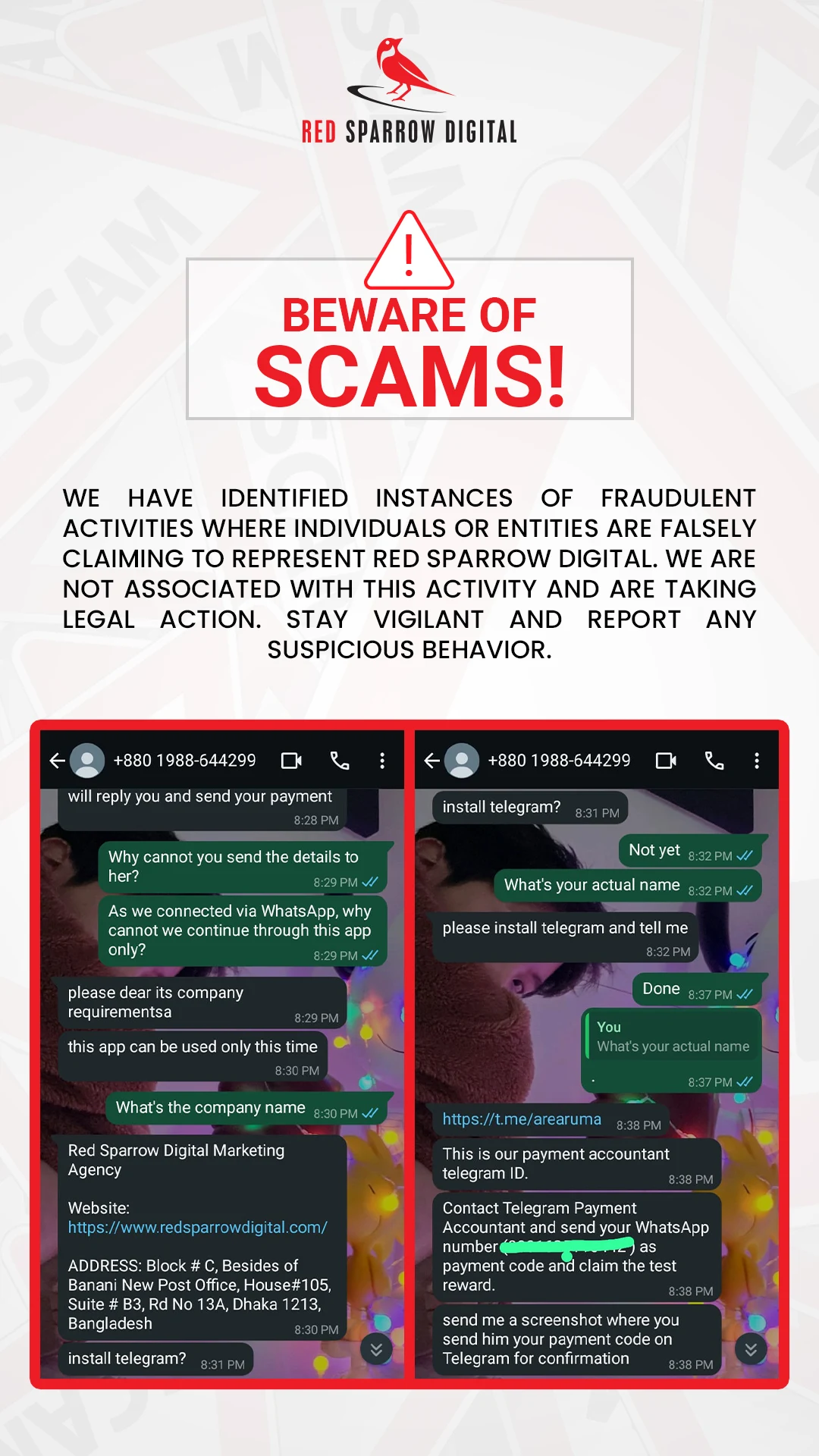
There are many self-proclaimed “social media experts” who claim to know what is trending and guarantee results that, a lot of the time, sound too good to be true. While these influencer marketing trends may sound promising, it is always best to conduct your own research and discover which strategy fits your business based on your audience, budget, and other factors.
Influencer marketing is a powerful tool, but without knowing the latest trends, it can be difficult to make the most of it. Let us take a look at some popular influencer marketing trends that have been bringing brands incredible results for the past couple of months. Hopefully, they will bring you the results you are seeking in 2025.
1. Rise in Artificial Intelligence
The number of AI influencers and AI content generators is increasing almost every day. They are becoming a seamless part of our social media experience.
Lu of Magalu is one of the most popular virtual influencers, with over 7 million followers on Instagram. She is a creation of Magazine Luiza, a conglomerate in Brazil. Lu is the first virtual personality to be featured on the cover of Vogue Brasil magazine and has worked with some of the biggest brands in the world, including Adidas, McDonald’s, Maybelline, and Samsung.
AI-powered tools like Deepseek, ChatGPT, and Adobe Firefly are becoming popular for campaign ideation, academic writing, copywriting, and image generation. This has cut down on brainstorming and content creation time, freeing up individuals to focus on other tasks. However, it has also led to the creation of generic content without a human touch, which is not always well received by the audience.
2. Authentic Content for Meaningful Connections
Brands are now shifting away from directly selling to customers through influencers. The new strategy is much more subtle. They are partnering with influencers who have a down-to-earth vibe, promoting brands through fun, informative, and engaging methods such as storytelling, personal life updates, and participation in new dance trends.
User-generated content is still a go-to strategy today. Through contests, challenges, or giveaways, influencers are promoting products to their audience in a more engaging way. Behind-the-scenes content featuring employees is another popular strategy that showcases the experience of working at the company. This puts the business in a positive light and makes it easier for the audience to approach it.
3. Long and Short Videos
This is a tricky one. Some platforms push short-form content, such as TikTok, while others favor longer and more detailed content, such as YouTube. The best solution is to balance both.
Many influencers are creating long horizontal YouTube videos where they delve deep into topics they are passionate about or produce podcasts where they interview experts, amateurs, and sometimes their friends. They then take 10- to 15-second clips from these videos and publish them in a vertical format on YouTube Shorts, Facebook Reels, and Instagram Reels. These clips provide a summarized version of the content or highlight the most insightful, controversial, or funny parts, distributing them to larger audiences based on individual tastes. The viewers can choose to switch platforms to watch the original video, bringing in audiences who are genuinely interested in the content.
4. Emphasis on Transparency
The influencer marketing industry is introducing new laws and regulations to ensure transparency. There was a time when promoting a brand without disclosing sponsorship was normal, but not anymore. Creators are moving away from shady practices and want to build positive reputations. This makes them trustworthy names in the industry that audiences believe in, and brands want to work with.
Having a clean image and a strong reputation can also lead brands to pay extra for influencers. This saves brands from potential scandals and lawsuits while ensuring long-term partnerships that benefit both parties. Sponsorship disclosures, keeping records of past and present deals, and being honest in content creation are the new ways to thrive in the industry.
5. Diversity and Inclusivity
For influencers to be relatable, they need to look like the audience they are influencing. Brands are shifting away from the typical influencer image and aiming to connect with millions of people who look different from one another. There is an increasing demand for influencers of all colors, backgrounds, genders, cultures, and lifestyles.
This move is also empowering for brands that want to show they truly care about underrepresented communities. Brands are often praised for moving away from mainstream standards and trying something new. Content featuring diverse influencers makes the material accessible to a wider audience and gives smaller creators a chance to shine.
Wrapping Up
The five trends listed above will serve as a solid foundation for understanding what to expect in 2025. Trends come and go, but staying on top of changes in the influencer marketing industry requires keeping an eye out, conducting research, and being open to change. Whether you are a brand owner or an influencer, these trends are bound to bring you success in the upcoming years and open new doors that you didn’t even know existed!



